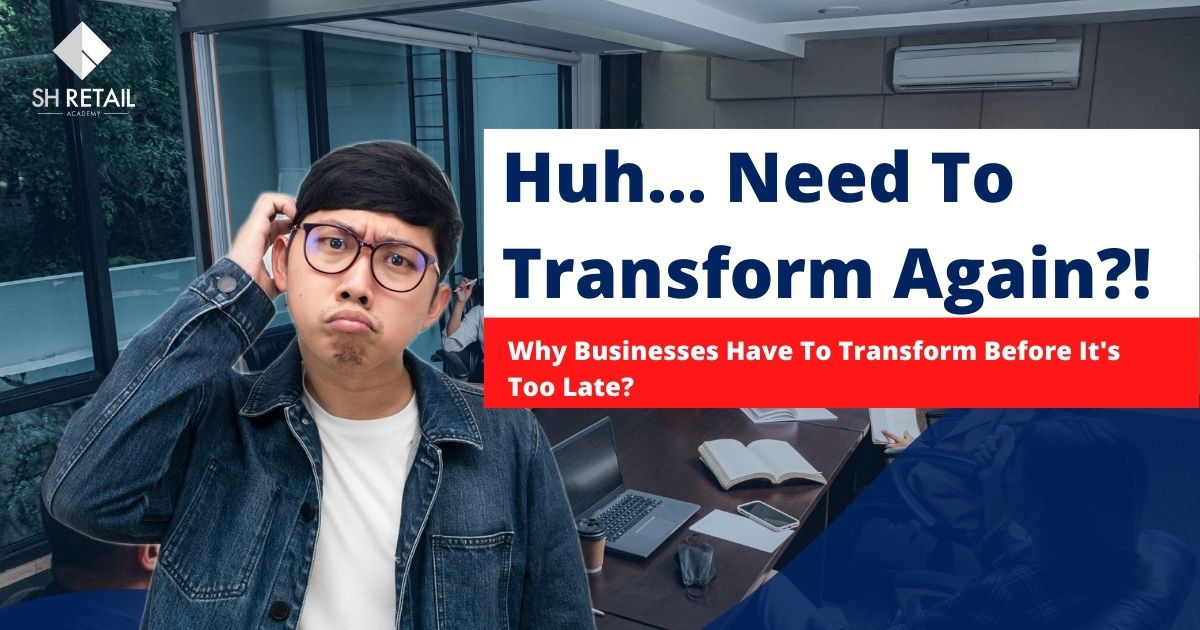In business, we all too often get caught in our ways. We like to stick with what’s familiar.
“If it’s worked well for us so far, why risk the change?”
Some changes however, are inevitable - if you want to keep your organisation afloat that is.
One example is digitalisation. Despite new technological advancements, many organisations choose to continue their business processes traditionally. While this keeps the organisation within a safe comfort zone - it costs the business in terms of cost, manpower and time efficiency in the long run.
With that said, Senheng had embarked on an ambitious paperless initiative in 2015. We explore this paperless journey further in the fourth chapter in New Retail + New Platform, along with the challenges faced.
The five pillars of going paperless.
While the move to becoming a paperless company had roots in 2015, Senheng had been undergoing a digitalisation journey from as early on as 2000.
For Senheng’s visionary managing director Lim Kim Heng, the rapid changes in business meant it was essential for a business to adopt the necessary technologies to keep up - hence why it has always been a priority.
“The business world is changing rapidly, and the information I received 30 minutes ago is now obsolete.”
The organisation approached this paperless transformation from five main aspects:
- Upgrading of the Senheng App
- Clear communication with relevant business partners regarding the paperless initiative
- Creation of an e-merchandising list
- Instalment of an e-document management system
- Standardisation of the e-form and e-transportation procedures
As a whole, Senheng’s ambitious paperless initiative couldn’t have been realised without the business intelligence (BI) solutions the organisation had in place.
The BI system that Senheng adopted covers analytics such as sales performance, inventory management, staff productivity, stock age, and automatic replenishment. It put the company two steps forward by allowing for clearer understanding of the company’s past, present and future.
What did going paperless do for Senheng?
The benefits of digitalisation need no introduction. While the initial hurdle will be high, organisations see enhanced efficiency, reduced cost and less need for storage space - not to mention its environmentally-friendliness.
The digitalisation of Senheng’s business processes has successfully reduced its per-transaction cycle, savings resources and manpower in the long run.
One of the best examples of how this initiative has impacted the organisation can be found in the company’s B2B management system. The system boils the purchasing process down to four simple steps:
- Purchase order uploading
- Goods delivery via system confirmation
- Delivery order confirmation
- Payment matching
Transformation is an uphill road: How does one manage change?
With all that said, an initiative like Senheng’s paperless initiative is no easy task, especially when it has to permeate the entire organisation from top to bottom.
Perhaps the biggest challenge faced by Senheng during this transitional period was the buy-in of other managers within the company.
This is especially relevant for well-established companies like Senheng, which tend to rely on their tried-and-true fixed frameworks. Lim explains that having a clear and precise vision is key. Top management must be persistent in their goals and communicate their intentions clearly down the chain of command.
Another challenge businesses must consider when it comes to the topic of digitalisation is technical suitability.
The goal of any organisational transformation is to enhance productivity by simplifying burdensome processes of the past. If new technological systems are just as complicated, there’s simply no point.
Thus, a thorough assessment should be carried out beforehand to identify the company’s current technical availability, along with the team’s capacity and capability.








